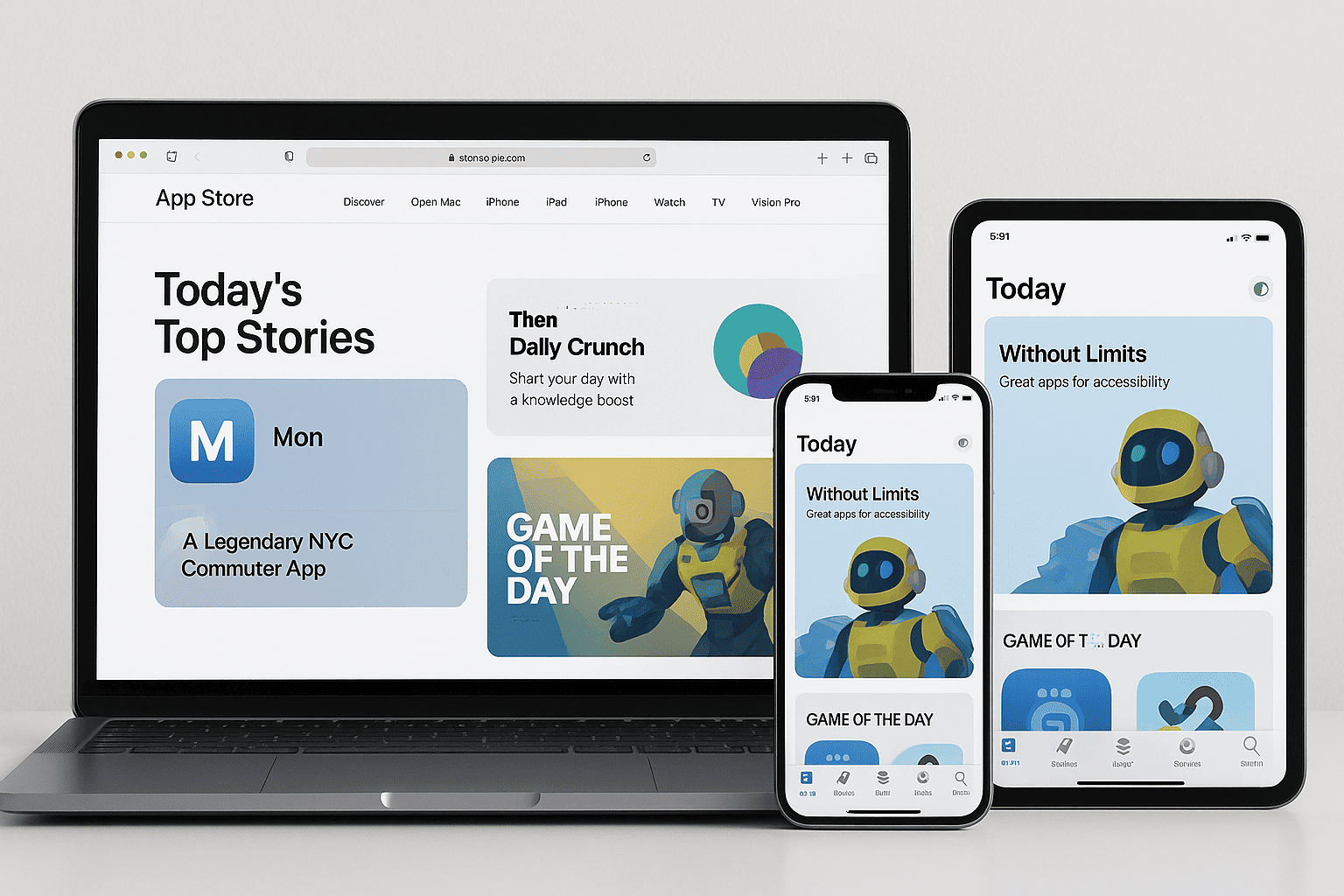Apple’s New Web App Store Brings the iOS Experience to Every Browser

Apple has rolled out a major revamp of its App Store website, transforming it into a rich, interactive web experience that mirrors the iOS and macOS App Store design. The update allows anyone to browse, search, and explore apps from any device — no Apple hardware required. It’s a game-changing move for accessibility, discoverability, and transparency in Apple’s ecosystem, now trending across developer communities and tech media outlets.
Background & Context
For years, Apple’s web presence for the App Store was limited to static landing pages with minimal information. Users could view an app’s name, screenshots, and developer link but couldn’t explore categories or recommendations. This design change comes amid regulatory scrutiny over Apple’s “walled garden” and growing user demand for web access to its digital ecosystem. The new web experience represents both a design overhaul and a strategic shift — signaling Apple’s willingness to meet users where they are, rather than only inside its hardware loop.
Key Facts / What Happened
- The updated App Store web experience is now live at apps.apple.com, supporting browsing across iPhone, iPad, Mac, Apple Watch, Apple TV, and Vision Pro apps.
- The new design includes a “Today” tab, editorial stories, curated collections, and app recommendations — similar to the native iOS App Store.
- Users can seamlessly switch between platforms from a dropdown menu and view high-resolution screenshots, trailers, awards, and reviews.
- App pages have been redesigned for web navigation — with structured metadata, improved performance, and clearer CTAs (“View in App Store”).
- However, app installation still requires users to open the native App Store app.
Voices & Perspectives
“Apple’s new App Store web interface finally feels like a proper extension of its ecosystem,” wrote Chance Miller of 9to5Mac, praising the UI and cross-platform consistency.
TechCrunch described the redesign as “Apple’s soft pivot toward openness,” highlighting that users can now explore apps without being in Apple’s hardware environment.
Developers on X (formerly Twitter) celebrated the update, calling it “a major boost for app SEO and external marketing.”
Implications
The redesign brings Apple closer to parity with Google Play’s long-standing browser-based store model. For developers, it creates new avenues for traffic, cross-platform marketing, and analytics opportunities. For users, it simplifies discovery and sharing — especially across social media, where app previews now load with rich metadata. Strategically, this move may help Apple navigate antitrust discussions by improving transparency and access.
What’s Next / Future Outlook
Industry analysts expect Apple to integrate web-to-App Store installation and browser-based sign-ins in later updates. The company may also extend personalization, allowing logged-in Apple IDs to sync preferences between web and native apps. As regulatory reforms push for more openness, Apple’s new web interface could become a foundation for bigger ecosystem changes in 2026 and beyond.
Pros and Cons
Pros:
- Universal access via any web browser
- Beautiful, consistent design across platforms
- Improved discoverability and shareable links
Cons:
- No direct installation via web yet
- Limited account interaction (no purchases or reviews on web)
- Some regional app listings still missing
Wrap-Up
Apple’s move to bring the App Store fully to the web is more than a design refresh — it’s a signal of strategic adaptation. By expanding its reach beyond its hardware, Apple balances openness with ecosystem control. The new web experience sets a precedent for how digital storefronts can evolve while maintaining brand identity and user trust.